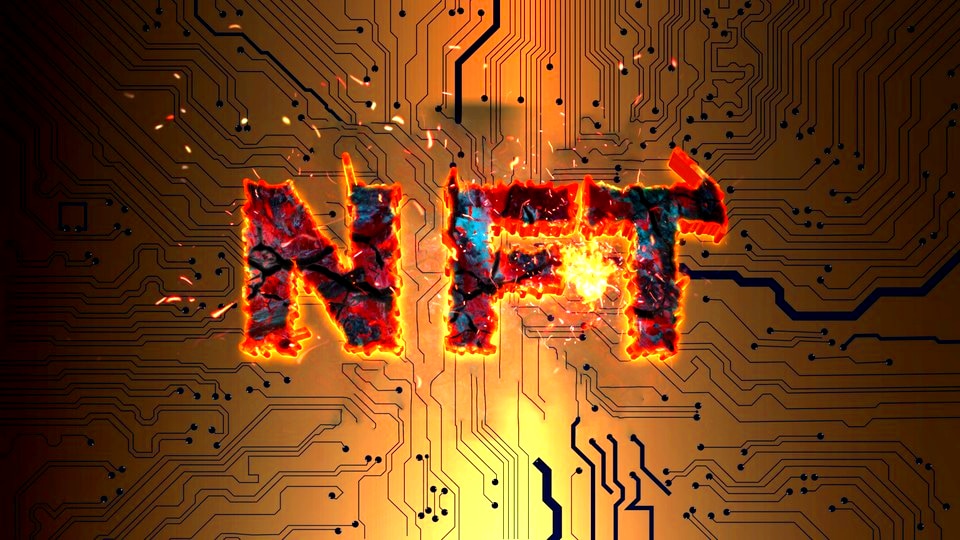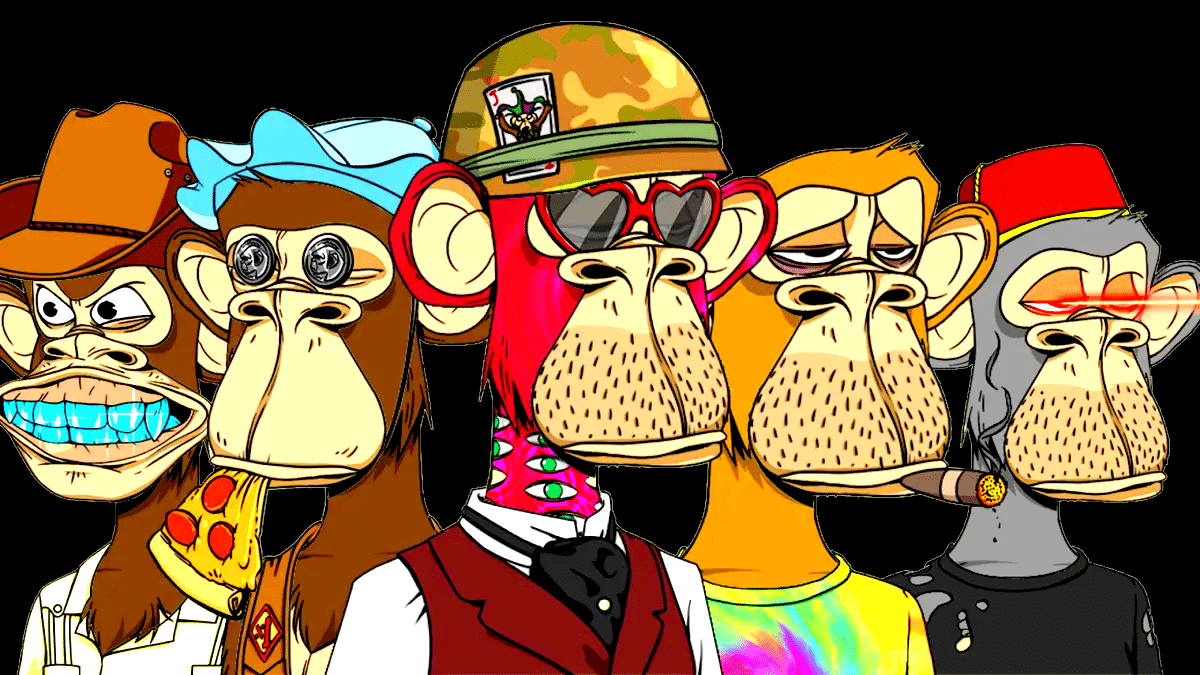NFTs: What is hidden behind the abbreviation and what does it all have to do with blockchain and cryptocurrencies?

For quite a while now, so-called NFTs have been making headlines. Again and again, fabulous amounts of money are reported in this context. Just a few days ago, for example, the news made the rounds on the net that a seller had sold an NFT for far less than a cent instead of over a million euros due to a stupid mistake. But what are these mysterious NFTs anyway? What gives them value?
Table of Contents
What are NFTs?
NFT stands for Non-Fungible Token, which means something like: Non-exchangeable token. This refers primarily, but not only, to digital objects. In principle, an NFT can also be assigned to physical objects. Nike, for example, has sold its Cryptokicks shoe collection as NFTs. Mostly, however, they are virtual images, texts and sounds, such as the Etherrocks, which were brought into the limelight not least by the news item linked above.
Normally, digital objects have no intrinsic value, or at least not much, since they can basically be duplicated any number of times.
The blockchain does it
With the help of blockchain technology, objects such as the aforementioned etherrocks or works of art, tickets and other digital objects are assigned an NFT. This makes them uniquely identifiable.
In concrete terms, a certificate is issued for a virtual stone, for example. Even if this one stone exists in billions of identical versions, the NFT still refers to a single, specific stone. Further NFTs can be stamped on other stones that even look the same. This is how it often works with collections. However, the objects in a collection are also often slightly modified, as is the case with ether rocks, for example. Each etherrock differs minimally in colour from the others. And each stone is linked to its own NFT.
This is ensured by the blockchain technology known primarily from cryptocurrencies such as Bitcoin and Ethereum, with most NFTs being on the Ethereum blockchain. The blockchain is basically nothing more than a series of records that are cryptographically linked together. In concrete terms, each new record, i.e. each new block, contains the hash value (scatter value) of the preceding block, including various transaction data and a timestamp.
Most importantly, however, it contains a reference to a corresponding uniquely identifiable image, audio or text file, which is usually located on a third-party server. The digital objects are not stored in the NFT itself. Theoretically, this would be possible, but NFTs and the blockchain are not actually designed for this.
One problem with NFTs is that they can be stored on several blockchains. This means that for one object, whether digital or physical, there can theoretically be two or more NFTs. Since there is no superordinate instance, both are basically valid. In practice, however, it is the case that NFTs almost exclusively use the Ethereum blockchain, which is why there are hardly any problems here – at least not yet.
Can anyone create an NFT?
In principle, anyone can create an NFT or have one created. Artists often make use of this to earn money with their works. All that is needed is a digital wallet and a suitable trading platform. The latter takes over the creation of the NFT, which is initially free of charge in most cases. Only with the sale do fees accrue.
Why are NFTs so expensive?
Now we have clarified how NFTs potentially get value. But why are some of them so expensive? How can they be worth several hundred thousand to even millions of euros?
To answer that, let’s take another look at said Etherrocks: In December 2017, exactly 100 of them were produced and attached to the Ethereum blockchain. In the first three years, only 30 of them were sold. When the famous entrepreneur and influencer Gary Vaynerchuk then sent a tweet about Etherrocks in August 2021, the rest were also sold and the prices jumped to six-figure amounts.
Etherrocks are therefore a good example of the hype that has arisen around NFTs. The so-called CryptoKitties and CryptoPunks represent an equally interesting case. The virtual cats and punks are also based on the Ethereum blockchain. One of the most expensive NFTs sold comes from the CryptoPunk series and changed hands for 2,500 Ether on 9 December 2021. As of 21 March 2022, that is just over €6.6 million.
The most expensive NFT to date is the artwork Everydays – The First 5000 Days by artist Mike Winkelmann aka Beeple. The collage was sold on 11 March 2021 for 42,392 Ether – the equivalent of over 112 million euros today.
How are NFTs traded?
NFTs are traded by special platforms. These assign the respective object to the NFT. Buyers and sellers are in turn represented by their cryptowallets. If a purchase is made, the trading platform processes it and adds the transaction data to the blockchain in the form of a block via a smart contract. The most widespread payment method is the cryptocurrency Ether, which further fuels NFTs as speculative objects.
Are NFTs redundant?
Although it may seem so with regard to virtual stones, NFTs are not superfluous. Quite the opposite: there are digital objects that should be able to be identified as individual pieces. A good example of this are works of art. Even if they are in the form of a JPEG file, they have to be created by someone. Basically, this is no different than in the physical world. Paintings can be copied and even forged, but only one can be the original.
However, NFTs are also subject to criticism. On the one hand, they have long since become objects of speculation from which primarily those who already have a lot of money profit. On the other hand, the creation of an NFT and the operation of the blockchain requires a lot of electricity, which raises questions about the sensibility, especially in times of climate change and rising energy costs.
What could be next for NFTs?
If EA has its way, NFTs will play an important role in the future. The publisher cites Ultimate Team as an example. Especially when it comes to collecting and reselling items in games, NFTs are a natural choice. For the so-called metaverse, in which we, at least according to large tech companies like Meta (formerly Facebook), are supposed to work, play and live, such technology is probably also indispensable.
In one form or another, NFTs will probably remain with us, no matter what we think. However, it is also important to prevent excesses such as the pyramid scheme that is repeatedly mentioned in this context. Ultimately, governments and companies are called upon to act here.
What do you think of NFTs? Or to be more precise: What do you think of the hype around NFTs? Feel free to write us in the comments


